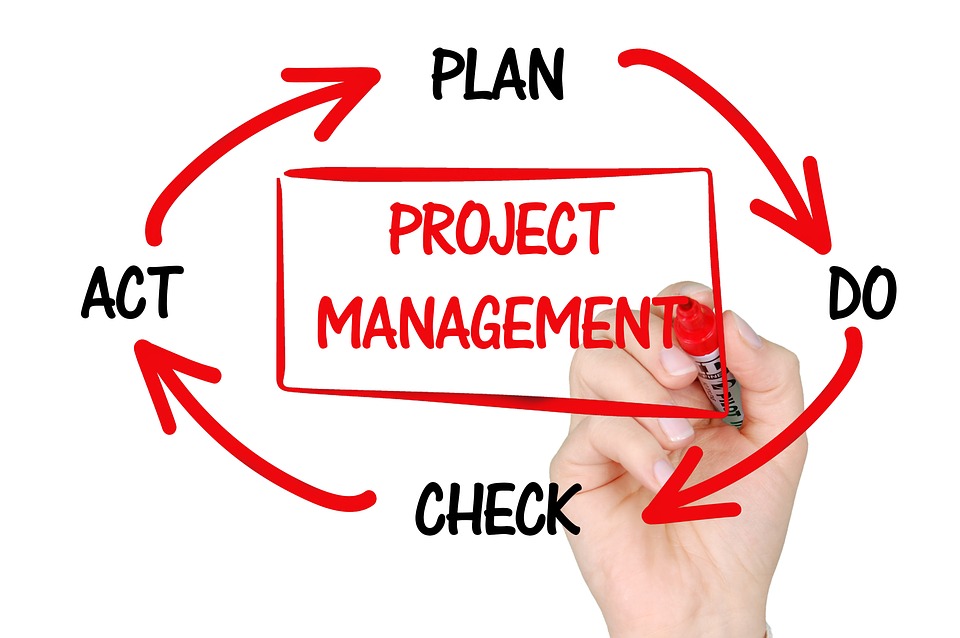In truth, projects fail because they’re not managed. Yes, there are varying degrees, but in reality they’re either managed or they’re not.
The project manager must possess 11 leadership attributes to manage the team, stay on track and keep within budget.
History shows one of the planet’s leading “project managers”, Dwight D. Eisenhower, was the ideal person to end Nazi tyranny as general in World War II and to protect Americans as president in the 1950’s cold war.
He’s famous for saying: “You don’t lead by hitting people over the head. That’s assault, not leadership.”
Following his example, consider the traits of a successful project manager:
1. Leads with optimism and coaching ability, encourages celebration of milestones
2. Knows how to prioritize on details
3. Is flexible, evaluates, and fine-tunes when necessary with contingency plans
4. Asks astute, open-ended questions
5. Communicates well, which means being a good listener to all stakeholders
6. Is transparent and connotes respect by trusting the team
7. Maintains schedules, especially in communications
8. Has a deep strategic awareness of the project
9. Strikes a balance – encourages consensus building but successfully manages conflict
10. Has assertive relationships with employees and outside participants to insure success from networking when problems occur
11. Stays ahead of the curve in personal education and training
Of course, project management must start with an effective planning of the course of action to avoid derailing or unnecessary challenges.
In essence, successful planning results in three elements: 1. Project definition. 2. Work plan. 3. Procedures.
“You don’t lead by hitting people over the head. That’s assault, not leadership.”
-Dwight D. Eisenhower
The 11 project-management strategies for success:
1. The project manager must be inspire and lead. That means possessing the 11 traits mentioned above. Anticipate the lows of your proverbial roller-coaster ride, and lead the team to a successful conclusion. Encourages celebrations of milestones.
2. Lay the foundation. Input and acceptance of the project definition by salient stakeholders are necessary. Make sure there’s universal awareness of all their concerns and expectations of success. Develop a work plan and procedures. Establish goals and benchmarks that are measurable. Be results-oriented, keep schedules to be on time, and stay within budget. Define the responsibilities for each team member.
3. Ascertain the project team’s requisite obligations. The selected individual members should participate based on their personalities, skills and talents. They should thoroughly understand their roles and how they fit in the overall scheme. The traits of each person should be leveraged so that they’re integrated for the success of the project.
4. Identify the significant events in the project’s life cycle. It consists of an introduction, preparation, implementation and conclusion. Define the salient milestones and outcomes. Continually monitor developments to allay undesired changes and risks.
5. Adhere to the communications plan. Constant communication with the team and other stakeholders is crucial. It must also be transparent and timely.
6. Document all salient matters. There are always unexpected developments. Everyone should sign off on the documentation so that you’re all on the same page and stakeholders are adequately informed in the event of surprises. The paper trail must entail all deliverables and expectations.
7. Emphasize risk management. Anticipate and manage all vulnerabilities. Always be prepared with contingency plans. With proper planning, good communication will help identify surprises and manage threats.
8. Test and continue to test. At each stage of the project, test the deliverables. That means measuring results and validating assumptions.
9. Eschew mission creep. Stay focused on the priorities. However, if you need to make changes, OK, but there are precautions to take – appropriate documentation for all salient parties to sign. Move forward after you get approval regarding budget, resources and timing concerns.
10. Conclude the project. Once you’ve met or exceeded expectations of the stakeholders, you’re almost done.
11. Recap your project. Now, it’s assessment time. Evaluate the lessons from the project – as a whole and its miscellaneous modules. Consider all high and low points. Use your conclusions as opportunities in your next project.
From the Coach’s Corner, additional articles on leadership:
“Even if you are on the right track, you will get run over if you just sit there.”
-Will Rogers
__________






